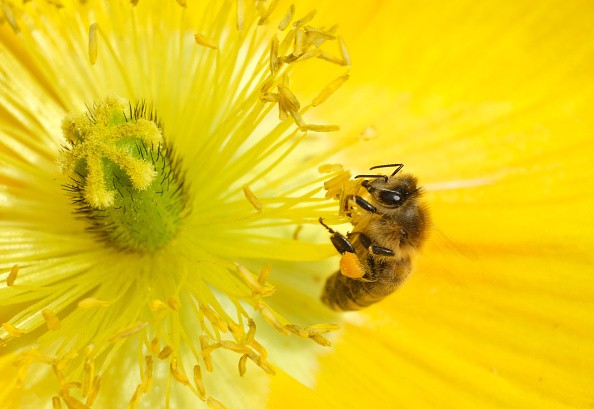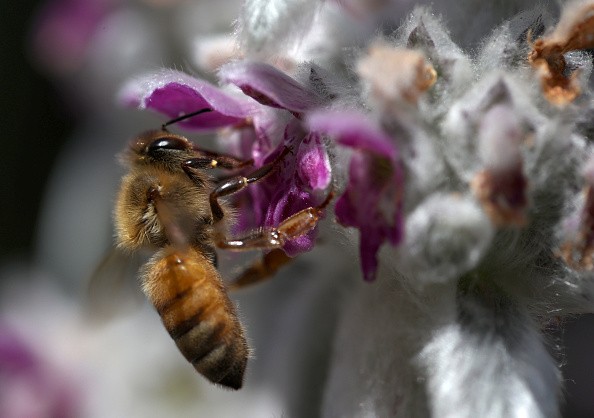Chemists have carried out an analysis on protein diversity in venom which Apis mellifera ligustica (Italian bee) produces in the marri (Corymbia calophylla) ecosystem located in southern-western Australia.
The most valuable product honeybees produce is the bee venom which has costs varying from $30.00 USD up to $300.00 for each gram and this depends on the composition, purity, and/or the product's preparation.

Though generally studied and applicable in alternative medicine. Researchers' recent efforts in bee venom study have placed concentration on both cosmetic and therapeutic applications, for dealing with degenerative and contagious diseases.
The protein and peptide which bee venom is composed of are essential to its bioactivity, still, little research has carried out an investigation on the ecological factors that influence the quantitative and qualitative variations in its composition.
A researcher at ChemCentre and the School of Molecular and Life Sciences at Curtin University whose name is Dr. Daniela Scaccabarozzi said: "We found there are 99 bee venom proteins of which about one third had been formerly identified. The more proteins found in the venom, the higher the potential quality and effect."
Diversity of Bee Venom
Scaccabarozzi also said that to get a better understanding about the protein diversity of bee venom and discover what drivers impacted this, a range of factors is looked at including the bees' behavioral patterns.
The researchers extracted bee venom from Apis mellifera ligustica which is western honeybee's (Apis mellifera) subspecies for the study.
From the 21st of January to the 6th of March 2020, sampling was carried out from 25 honeybee colonies that beekeepers manage in five study regions in the native Eucalypt forests of Southwestern Australia.
The study was carried out amid the flowering season of a big tree species referred to as the marri. The scientists said an association between docile and active bees revealed a compelling behavioral factor.
Scientists also said they found out that the 'angry bees' that responded intensively to their stimulating devices produced bee venom that is richer and more protein-dense.

How High Temperature Affects the Activity of Bees
Scientists said: "The overall quantity of venom released by bees relies on the alarm pheromone secretion that induces other bees to aggressively react by stinging. This may be a result of changes in genetics that can provoke aggression in bees."
The authors also gave a confirmation that temperature affects the protein composition of the bee venom.
Dr. Scaccabarozzi said high temperatures can be dangerous to the activity of the bees inside and outside of the colonies. Out of the tested 25 hives, it was discovered that the regions with higher temperatures had lower venom production.
This met the researchers' expectation that seasonal factors actually lead to an alteration in the protein profile of bee venom. The ideal range for increased protein diversity varies from 33-36 degrees Celsius.
The outcomes of the team were released in the journal PLoS ONE.
Related Article: Rainbow Bee: How Human Activity Influences This Useful Plant Pollinator
For more news, updates about bee venom and similar topics don't forget to follow Nature World News!
© 2025 NatureWorldNews.com All rights reserved. Do not reproduce without permission.





